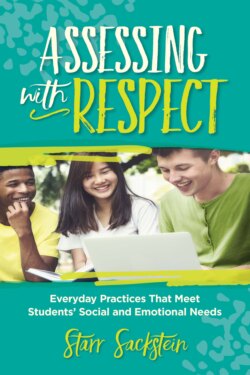Читать книгу Assessing with Respect - Starr Sackstein - Страница 15
На сайте Литреса книга снята с продажи.
Figure 1.3. Welcome Letter for Elementary School
ОглавлениеNellie K. Parker Elementary School
Ms. Romano
2nd Grade—Room 307
Welcome to 2nd grade!
I hope you and your family are enjoying your time away from school. With the time you have left of the summer, here are some things I would love for you to do if you can.
Spend time with FAMILY and FRIENDS.
CREATE or BUILD something.
Be CURIOUS and WONDER about all the things you encounter.
READ for fun.
PLAY! Play outside, play inside, play board games, play cards—just play!
Use your IMAGINATION every day.
Have FUN! Fun is what summer break is all about.
You may want to take pictures of cool things you do over the summer, or write or draw about them. Use any way to capture your adventures so you can remember them to share when we get back to school.
Relax, enjoy, and get ready for an awesome year in 2nd grade!
Can't wait to meet you!
—Ms. Romano
Source: Courtesy Chrissy Romano, Nellie K. Parker Elementary School, Hackensack, NJ. Used with permission.
Although welcome letters can set the tone before school begins, the first day of school is important as well. The goal is for students to leave your classroom feeling excited about returning the next day and coming home with rave reviews for their parents or caregivers. Here are some tips for the first day of school:
Make sure the room is clean and inviting before students arrive so that they can see the care you put into your shared space.
Welcome students at the door with a smile.
Focus on getting to know each other, not reviewing school and classroom rules and procedures, which sends the wrong message and takes up valuable class time. You can address these matters later in the first week and also develop classroom norms with your students, which is likely to result in more student buy-in.
Use icebreakers that can help you get to know your students and them to know one another. Choose activities that get students out of their seats and moving around, like the one shown in Figure 1.4.
Do a gallery walk around the learning space and ask students what they notice as, together, you imagine what an ideal learning space looks like. This activity can lead to students "designing" the classroom in a way that addresses different learning preferences.
